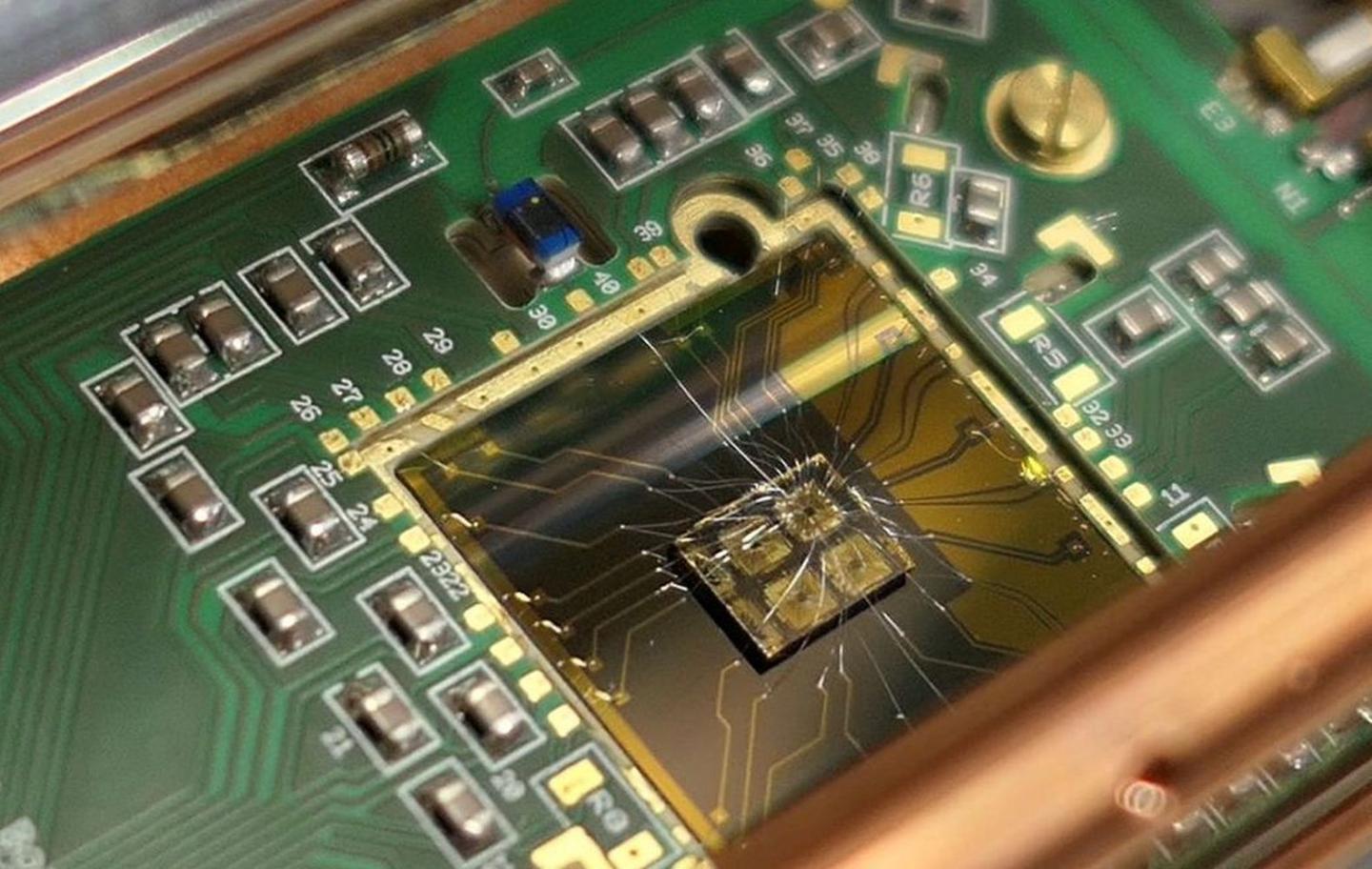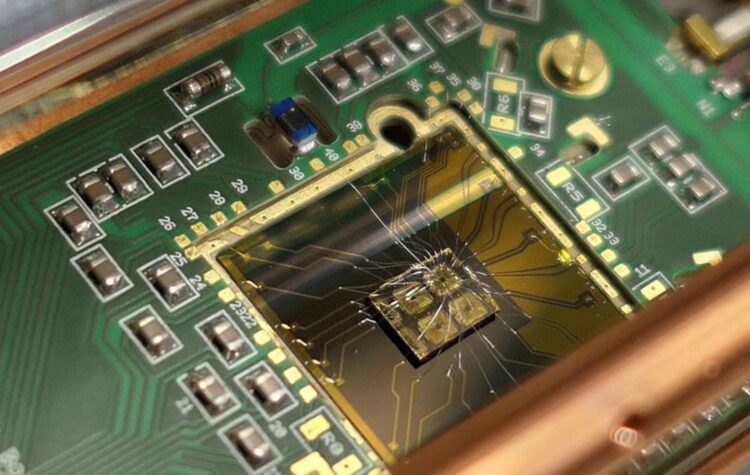
Credit: Copyright: Jülich Aachen Research Alliance (JARA)
The quantum computer race is in full swing. Germany has long been one of the world leaders in basic research. An alliance between Forschungszentrum Jülich and the semiconductor manufacturer Infinion, together with institutes of the Fraunhofer-Gesellschaft (IAF, IPMS) as well as the Leibniz Association (IHP, IKZ), the universities of Regensburg and Konstanz and the quantum start-up HQS, now aims to apply the results to industrial production. The goal is a semiconductor quantum processor made in Germany that is based on the “shuttling” of electrons and is to be achieved with technology available in Germany. The QUASAR project, which is funded with over 7.5 million euros by the Federal Ministry of Education and Research (BMBF), aims to lay the foundations for the industrial production of quantum processors over the next four years.
Quantum computers have the potential to outperform conventional supercomputers by far in certain problems, for example when it comes to controlling traffic flows in metropolitan areas or simulating materials at the atomic level. But it is still unclear which approach will win the race among quantum computers. Experiments with superconducting qubits, the smallest units of a quantum computer, are currently the most advanced. For example, Google’s quantum chips and the experimental quantum computer in the European Quantum Flagship project, which is to go into operation this year at Forschungszentrum Jülich, are based on them. But when it comes to large numbers of qubits, semiconductor qubits may have the advantage.
“At Jülich, we are investigating both types of qubits, semiconductor-based and superconductor-based. There are strong synergy effects, for example, in the development of quantum software, component development and their integration into experimental computer architectures,” says Prof. Wolfgang Marquardt, Chairman of the Board of Directors of Forschungszentrum Jülich. “In the long term, we want to realize a freely accessible quantum computer for science at Jülich. The QUASAR project is an important step for this project – in combination with our other activities, such as the European Quantum Flagship or the research of quantum materials.”
Silicon electron spin qubits are one promising system for semiconductor qubits because they have comparatively robust quantum properties and are much smaller in size than superconducting quantum bits. “A big advantage is that their production is largely compatible with the production of silicon processors. This means that, in principle, there is already a lot of experience with the fabrication processes,” says project coordinator Professor Hendrik Bluhm, Director at the JARA Institute for Quantum Information at Forschungszentrum Jülich. One example is Infineon in Dresden: in the project, the German semiconductor manufacturer helps with its production expertise adapting the component design for industrial manufacturing.
“Fundamental questions still need to be clarified. So far, it has not been possible to scale up quantum chips as easily as conventional computer chips. One problem has been geometric constraints. The qubits usually have to be very close together in order for them to be coupled to each other. Therefore, semiconductor qubits have been demonstrated up to now primarily in components that have no more than two coupled qubits close to each other. For a scalable architecture, however, we need more space on the quantum chip, for example for feed lines and control electronics,” says Hendrik Bluhm.
In order to increase the distances, the researchers from the JARA cooperation of Forschungszentrum Jülich and RWTH Aachen University, together with other research partners, have developed a something called a quantum bus. This special interconnection element allows distances of up to 10 micrometres between the individual qubits to be bridged efficiently. In silicon qubits, the quantum information is encoded by the spin of electrons located in quantum dots – special nanoscopic semiconductor structures. The quantum bus can capture the electrons on these quantum dots and transport them in a controlled way without losing the quantum information.
From the laboratory to production
The exchange of electrons is also known as “shuttling”. In the laboratory, experimental samples are already showing promising results. Now the Jülich researchers want to adapt the device’s design to industrial manufacturing processes. To this end, they have joined forces in the QUASAR project with Infineon Dresden, the start-up HQS specialising in quantum mechanical material simulations, institutes of the Fraunhofer-Gesellschaft (IAF, IPMS) as well as the Leibniz Association (IHP, IKZ) and the universities in Regensburg and Konstanz.
“One of the challenges here is the required degree of material quality, which is much higher for this application than for the production of conventional computer chips,” says Hendrik Bluhm. “Another open point is the miniaturisation of the control systems on the chip. In principle, however, we see great potential in this approach for complex circuits. Millions of qubits are realistic.”
The QUASAR project will run until January 2025. The next step is to build a demonstrator with around 25 coupled qubits, which will be implemented in a follow-up project and integrated into the modular HPC environment of the Jülich Supercomputing Centre via the “Jülich User Infrastructure for Quantum Computing” (JUNIQ) with cloud access.
###
Media Contact
Tobias Schloesser
[email protected]
Original Source
https:/





